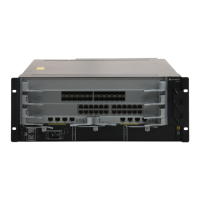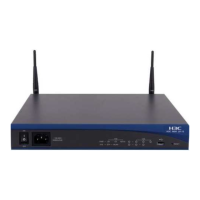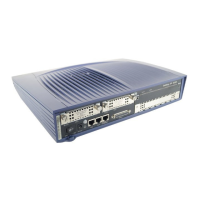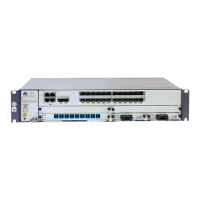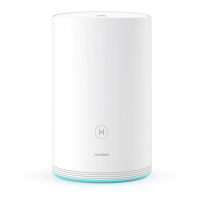Operation Manual - System Management
Quidway S6500 Series Ethernet Switches Chapter 5 SNMP Configuration
Huawei Technologies Proprietary
5-1
Chapter 5 SNMP Configuration
5.1 SNMP Overview
By far, the Simple Network Management Protocol (SNMP) has gained the most
extensive application in the computer networks. SNMP has been put into use and
widely accepted as an industry standard in practice. It is used for ensuring the
transmission of the management information between any two nodes. In this way,
network administrators can easily search and modify the information on any node on
the network. In the meantime, they can locate faults promptly and implement the fault
diagnosis, capacity planning and report generating. SNMP adopts the polling
mechanism and provides the most basic function set. It is most applicable to the
small-sized, fast-speed and low-cost environment. It only requires the unverified
transport layer protocol UDP; and is thus widely supported by many other products.
In terms of structure, SNMP can be divided into two parts, namely, Network
Management Station and Agent. Network Management Station is the workstation for
running the client program. At present, the commonly used NM platforms include Sun
NetManager and IBM NetView. Agent is the server software operated on network
devices. Network Management Station can send GetRequest, GetNextRequest and
SetRequest messages to the Agent. Upon receiving the requests from the Network
Management Station, Agent will perform Read or Write operation according to the
message types, generate and return the Response message to Network Management
Station. On the other hand, Agent will send Trap message on its own initiative to the
Network Management Station to report the events whenever the device encounters any
abnormalities such as new device found and restart.
5.2 SNMP Versions and Supported MIB
To uniquely identify the management variables of a device in SNMP messages, SNMP
adopts the hierarchical naming scheme to identify the managed objects. It is like a tree.
A tree node represents a managed object, as shown in the figure below. Thus the
object can be identified with the unique path starting from the root.
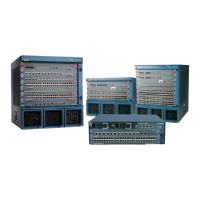
